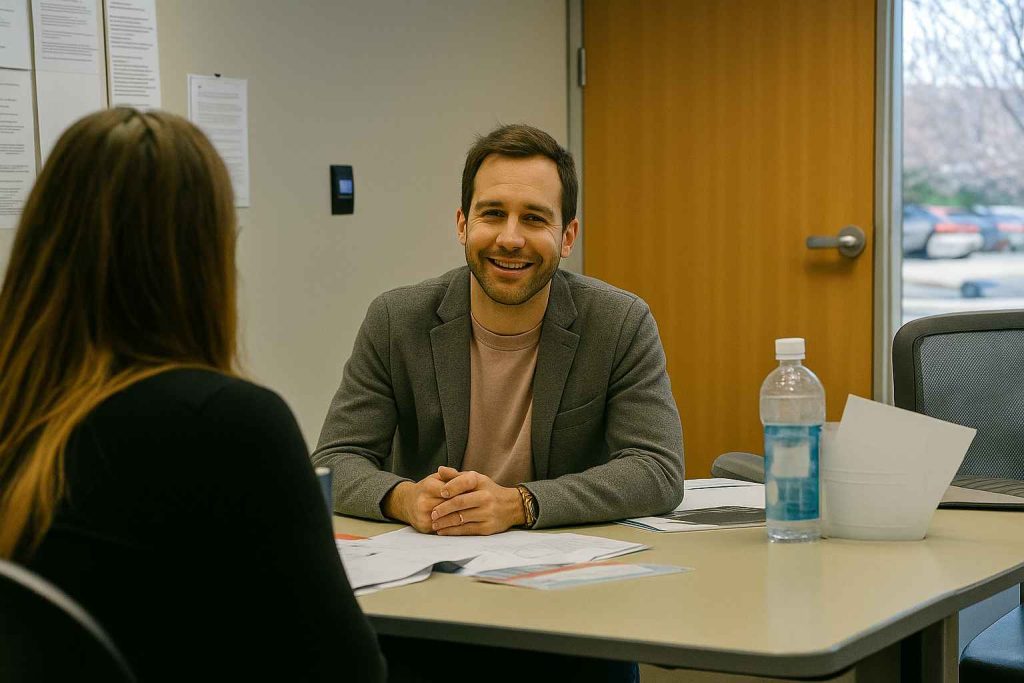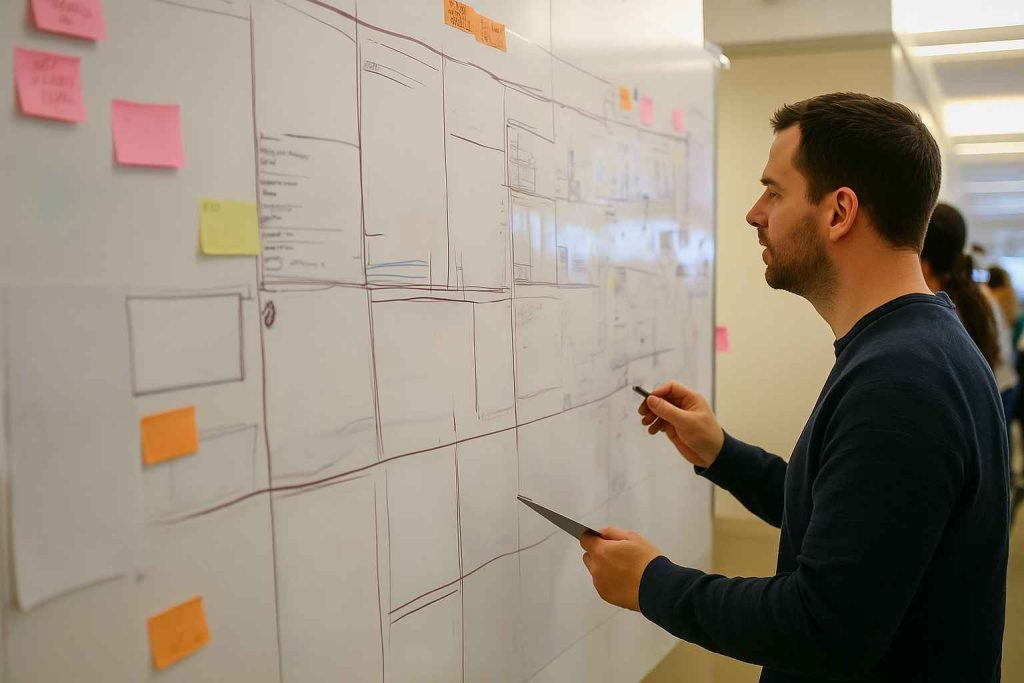Hiring great talent is like building a strong foundation for your house. If you rush through it or pick the wrong materials, your whole structure could crumble later on.
Likewise, when you rush or take shortcuts while assessing candidates, it often leads to hiring mistakes—which are expensive, frustrating, and damaging to your team’s productivity.
But don’t worry, assessing candidates doesn’t have to be complicated. In this guide, I’ll walk you through exactly how to assess candidates for a job with proven strategies and easy-to-follow steps. I’ll also share some practical tips and candidate assessment methods you can immediately apply.
Let’s get started!
Why Proper Candidate Assessment Matters
Before diving into the “how,” let’s briefly cover the “why.” A solid candidate assessment process isn’t just nice to have—it’s absolutely critical. Here are three key reasons:
- Better Hiring Decisions: Accurate candidate assessments help you identify who will truly perform best.
- Reduced Hiring Bias: Objective methods reduce unconscious bias and increase fairness.
- Improved Employee Retention: Well-assessed candidates are more likely to stay, saving you time and resources in the long run.
Want more details? Check out our post on the importance of candidate assessment.
Step-by-Step Guide to Assessing Candidates Effectively
To make the candidate assessment process straightforward, I’ve broken it down into seven simple steps:
Step 1: Define Clear Job Requirements
The foundation of effective assessment begins here. Clearly outline exactly what you’re looking for in your ideal candidate:
- Skills and qualifications (technical knowledge, certifications)
- Core competencies (soft skills like teamwork, problem-solving)
- Cultural fit (alignment with company values)
Use a simple table to help you visualize:
| Job Role | Required Skills | Competencies | Cultural Traits |
| Project Manager | Project management, Excel, Jira | Leadership, communication | Team-oriented, proactive |
| Graphic Designer | Photoshop, Illustrator, Figma | Creativity, attention to detail | Collaborative, flexible |
Clearly defining these upfront helps ensure everyone involved knows exactly what to assess.
Step 2: Choose Effective Candidate Assessment Methods

Not all assessment methods are created equal. Your chosen methods should directly align with job requirements. Here are popular candidate assessment methods to consider:
- Skill tests (technical assessments, practical assignments)
- Structured interviews (standardized questions for consistency)
- Behavioral assessments (scenario-based questions)
- Personality assessments (cultural fit evaluations)
For real-world scenarios, check out some helpful candidate assessment examples.
Step 3: Screen Resumes Strategically
Screen resumes against your criteria to filter out clearly unsuitable candidates first. Focus on skills, relevant experience, qualifications, and achievements. Aim for a shortlist of top candidates for deeper assessments.
Step 4: Conduct Structured Interviews
Structured interviews reduce bias and improve accuracy. Develop standardized interview questions tied directly to the role. For example:
- “Describe a situation when you managed multiple projects at once. How did you prioritize?”
- “Tell me about a time you faced conflict within a team. How did you resolve it?”
Step 5: Use Skill Tests and Practical Assessments
Skill tests or practical tasks are excellent to validate candidates’ real abilities. Examples:
- Technical test: A coding exercise for developers.
- Case study: A strategic planning exercise for managers.
- Creative assignment: A design challenge for graphic designers.
Skill tests help eliminate guesswork—giving you confidence in your decisions. For more ideas, visit our detailed guide on candidate assessment tests.
Step 6: Evaluate Cultural Fit and Behavior

Cultural fit matters—a lot. Even the most skilled candidate may struggle if they clash with your company’s culture. Assess cultural fit through behavioral interview questions, such as:
- “What type of work environment helps you perform your best?”
- “How do you handle feedback and criticism?”
Step 7: Score Candidates Objectively
Consistent grading is essential for fairness. Create a clear grading policy, like the one below:
| Assessment Method | Evaluation Criteria | Weight (%) |
| Skills Assessment | Technical proficiency, accuracy | 40% |
| Structured Interview | Problem-solving, communication | 30% |
| Cultural Fit | Alignment with organizational values | 20% |
| References/Background | Positive references, reliability | 10% |
For more details, explore our post on candidate assessment and grading policy and procedure.
Common Mistakes in Candidate Assessment (and How to Avoid Them)
Even seasoned recruiters can stumble. Here are common pitfalls and how to dodge them:
| Mistake | How to Avoid |
| Relying too heavily on gut feelings | Always back intuition with structured methods |
| Ignoring cultural fit | Assess culture explicitly during interviews |
| Using inconsistent methods | Train your hiring team and standardize processes |
Example Scenario: A Practical Candidate Assessment Process

Imagine hiring a new Customer Success Manager. Here’s how your assessment might look practically:
- Resume Screening: Narrow down to top 10 candidates based on required skills.
- Structured Interview: Evaluate top candidates with standardized questions.
- Role-play Assessment: Ask candidates to manage a simulated client scenario.
- Cultural Interview: Ensure alignment with company values.
- Final Review and Scoring: Rank candidates using your grading criteria and choose the best fit.
This structured approach ensures fairness and accuracy, significantly improving your hiring results.
Downloadable Resource: Candidate Assessment PDF
Looking for something to keep handy during your assessments? Download our Candidate Assessment PDF for easy reference and to share with your team.
Bringing It All Together: Your Next Steps
Assessing candidates effectively is the single most important step in hiring. By clearly defining your process, using structured methods, and continuously refining your approach, you’ll not only select better talent—you’ll also build stronger, happier, and more successful teams.
Want to build your candidate assessment plan immediately? Dive into our complete guide on developing your candidate assessment framework to streamline your hiring process today.
Remember, great hiring doesn’t happen by chance. It happens when you assess candidates thoughtfully and consistently.


